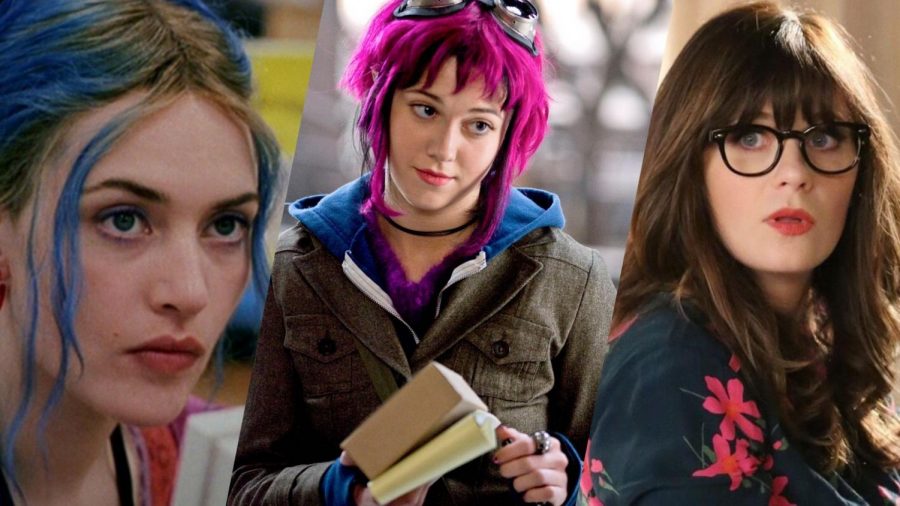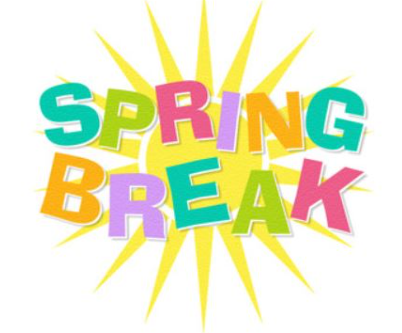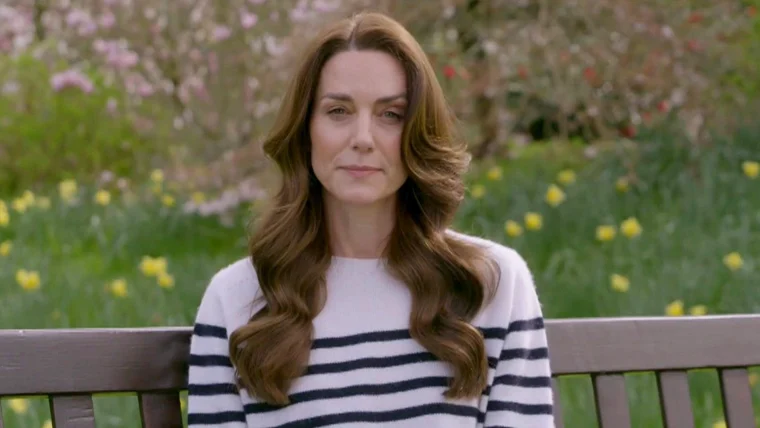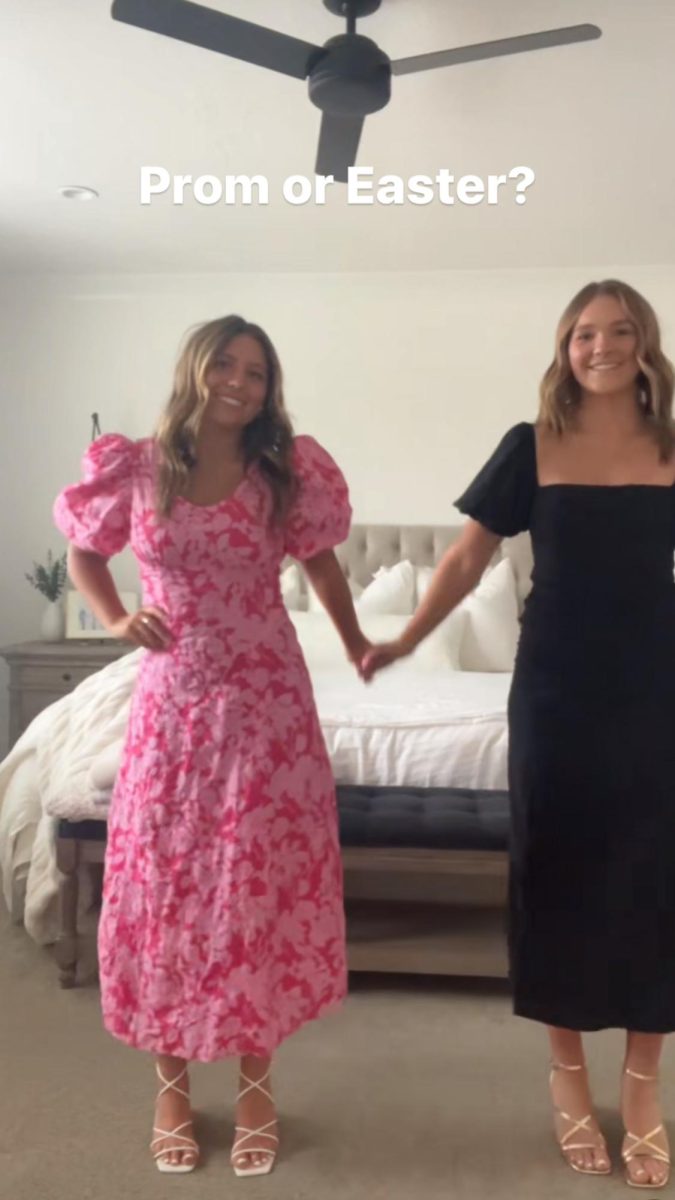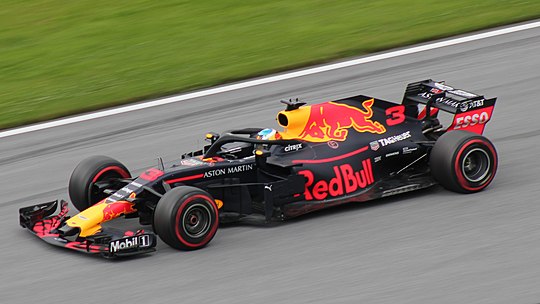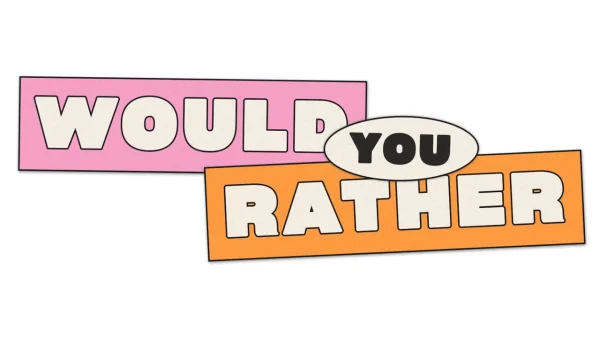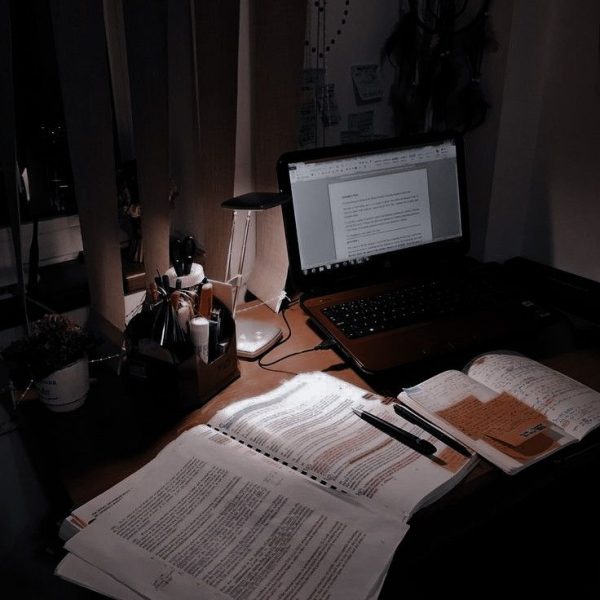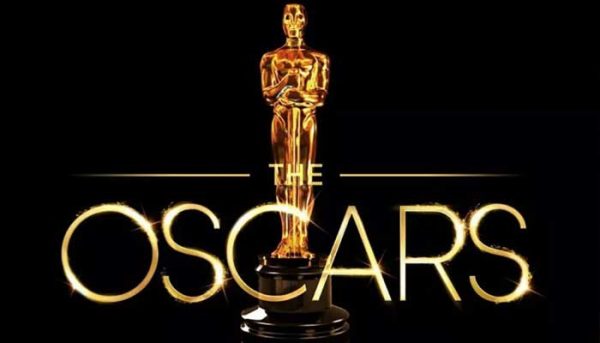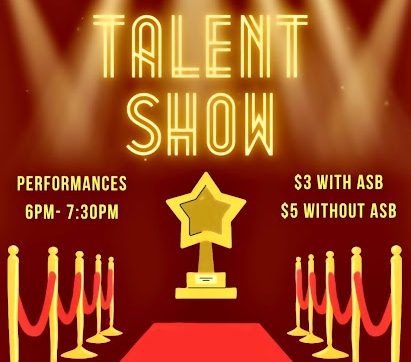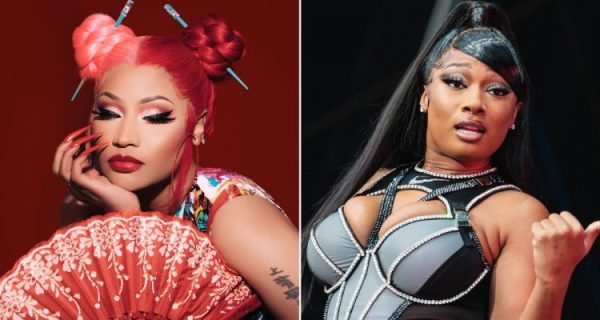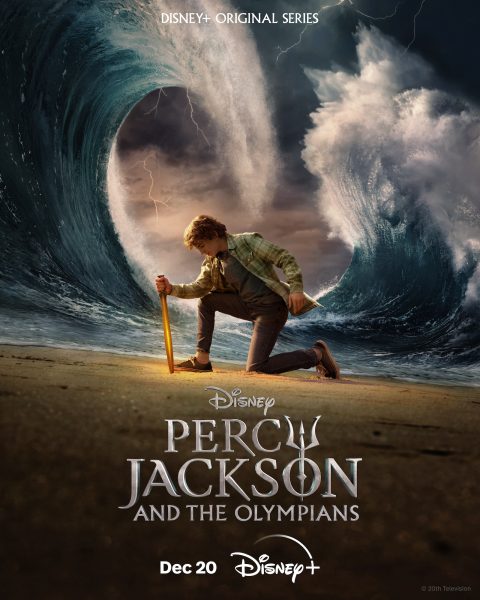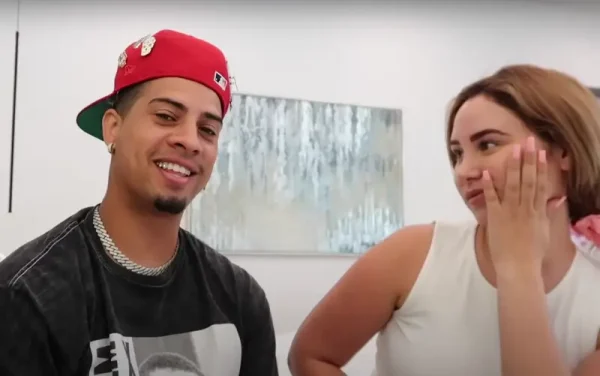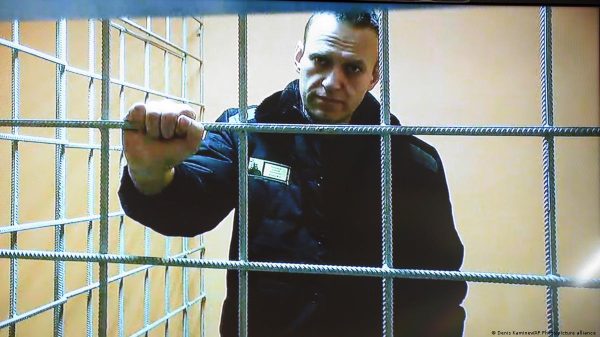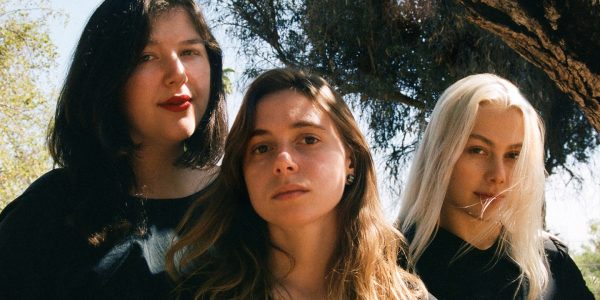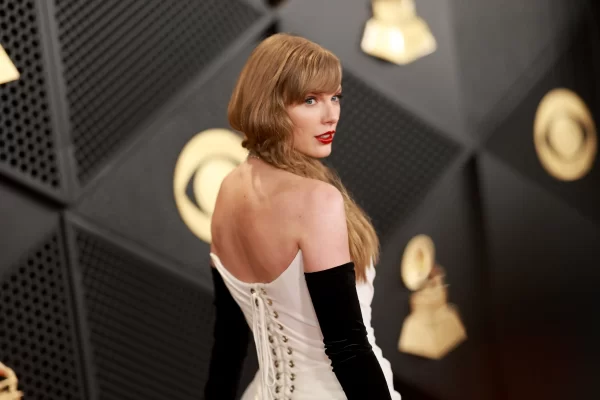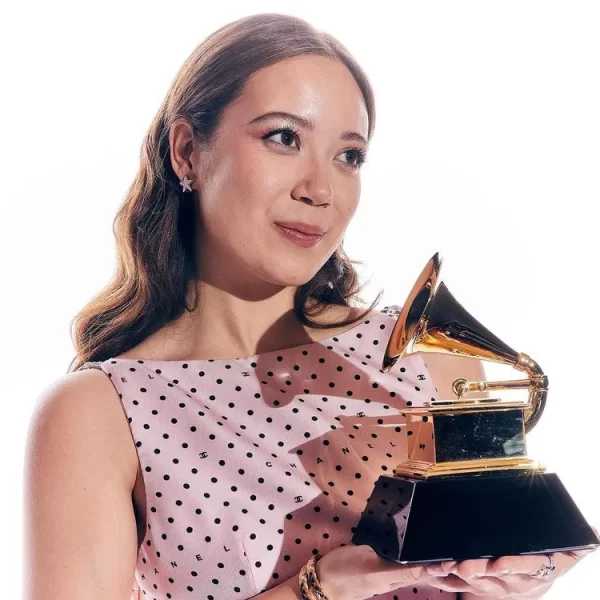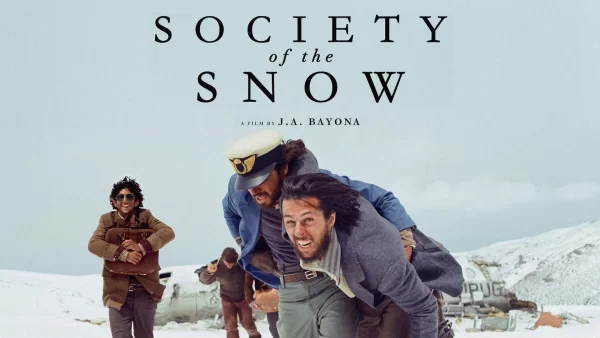Deconstruction of the Manic Pixie Dream Girl
October 16, 2020
Before I begin a thorough deconstruction of the manic pixie dream girl trope (MPDG), let’s begin with a definition:
A female character usually depicted as quirky and eccentric whose main purpose is to inspire the male protagonist to achieve a greater appreciation of life. If you want to spot the MPDG pretty quickly here are some other signs to look out for:
-odd fashion style (feminine, vintage, and punk styles)
-bangs and colored hair
-unaware or ignores the conventional
-painfully optimistic and bubbly
-serves to inspire a man who is deep and brooding
The term was first coined by Nathan Rabin in a 2007 Review of Elizabethtown after observing Kirsten Dunst’s character. The trope gained much controversy and eventually became a pinnacle of pop culture following its identification.
This is partly because the trope criticizes sexism in the film industry, and just so happens to be exclusively written from the imagination of male writer-directors. She serves one purpose and that is to improve the male protagonist’s life while also being attractive, smart, interesting, and she never asks for anything in return. It is a completely one-sided relationship, and to call a character a MPDG in film is to partially accuse the creators of sexism.
And of course, as you all have expected this trope has existed for quite a long time. Here’s a list, just to name a few:
-Katharine Hepburn as Susan Vance in Bringing Up Baby (1938)
-Marilyn Monroe as Sugar “Kane” Kowalczyk in Some Like It Hot (1959)
-Audrey Hepburn as Holly Golightly in Breakfast at Tiffany’s (1961)
-Paige O’Hara as Belle in Disney’s Beauty and the Beast (1991)
-Kate Hudson as Penny Lane in Almost Famous (2000)
-Natalie Portman as Sam in Garden State (2004)
-Kirsten Dunst as Claire Colburn in Elizabethtown (2005)
Now, if the trope has existed for such a long time, why did it take nearly 70 years for the pattern to be recognized?
It’s simple actually, the standards of feminism have changed drastically from the early 20th century to the year, 2007. The expectation of female characters in film has shifted from a mere accessory to realistic depictions and role models.
If it’s such an outdated trope, why hasn’t the idea been banished all together?
It’s an addicting trope. For one, it has so much good that’s been clouded by its innate purpose. Young women, myself included, like to see women in their teens and early 20’s embrace the abnormal.
Also, the term itself is very broad, and leaves debate open as to which characters classify as MPDG versus quirky. The subject is therefore controversial which unfortunately heightens its popularity.
Even Nathan Rabin himself admits it was a mistake in his 2014 article, “I’m sorry for coining the phrase ‘Manic Pixie Dream Girl’”.
And it has even become popular to the point that the term can be used ironically. For example, in John Green’s Paper Towns, Margo, the main character is set up to be an overly-clique MPDG to ironically criticize the trope as a whole.
Green even declared in a Tumblr post (and yes I know it’s a Tumblr post) “‘Paper Towns’ is devoted in its entirety to destroying the lie of the manic pixie dream girl. I do not know how I could have been less ambiguous about this without calling (Paper Towns) The Patriarchal Lie of the Manic Pixie Dream Girl Must Be Stabbed in the Heart and Killed.”
Let’s listen to the wise words of Nathan Rabin and John Green and let the MPDG trope die in all its fame and glory. Women deserve more than to serve purely for men, and men shouldn’t expect a woman to transform their lives. People are not 2-D characters, and movies should not aim to write 2-D characters. We have evolved past sexism, and honestly, it’s just poor writing.

